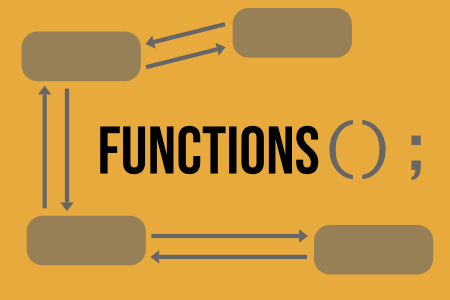 Functions
Functions
Math.floor().
Math.ceil().
Math.pow(x, y) returns x
raised to the power y, where x and y
are floating-point numbers. Note that x ^ y will not work.
a and b are of type double,
StdRandom.uniformDouble(a, b)
returns a uniformly random floating-point number between a and b.
Math.PI.
StdAudio.SAMPLE_RATE.
For the square() function, we suggest a using a frequency that's
divisible by 44,100 since it will result in a repeating pattern.
For example, with a frequency of 22,050 Hz, the samples will alternate between +1.0 and –1.0.
sineWave(), squareWave(), and sawWave()
have repeated code. Is there anyway to restructure my program to avoid duplicating code?\(f \; = \; 2^{\, (n - 69) \, / \, 12} \; \times \; 440\)
This would make a nice function.
Here is a triangle wave whose frequency is 4 Hz:
Here is a pulse wave whose frequency is 4 Hz and duty cycle is 25%:
However, two sinusoids of the same frequency but different phases can interact (interfere) with other sound waves differently. To model this, a sound synthesizer would typically add a phase parameter \(\phi\) (between 0 and \(2 \pi\) radians) to the sine wave:
\( y(t) \; = \; \sin ( 2 \pi \, f \, t \, + \, \phi)\)